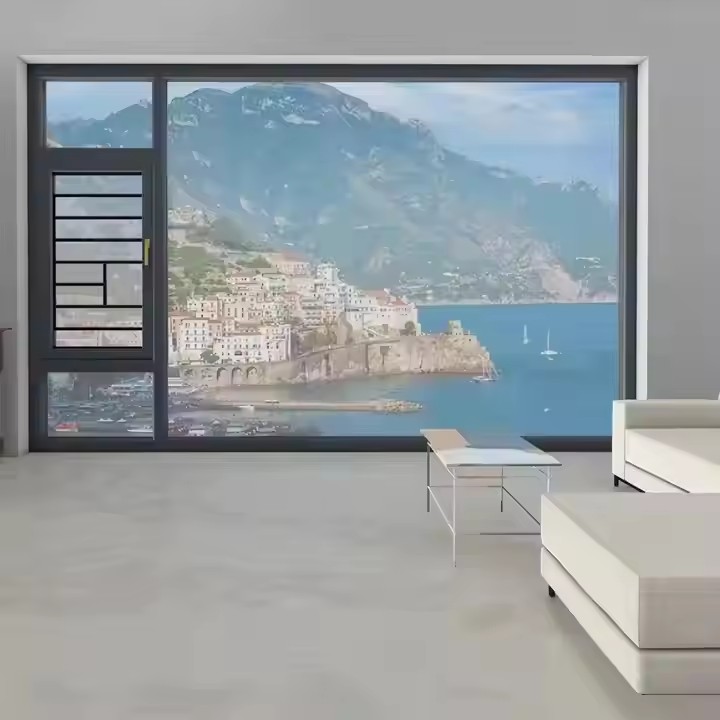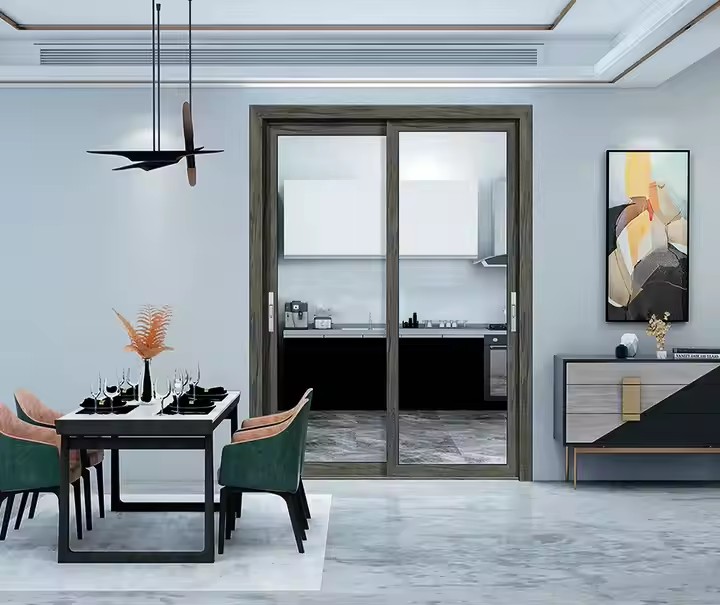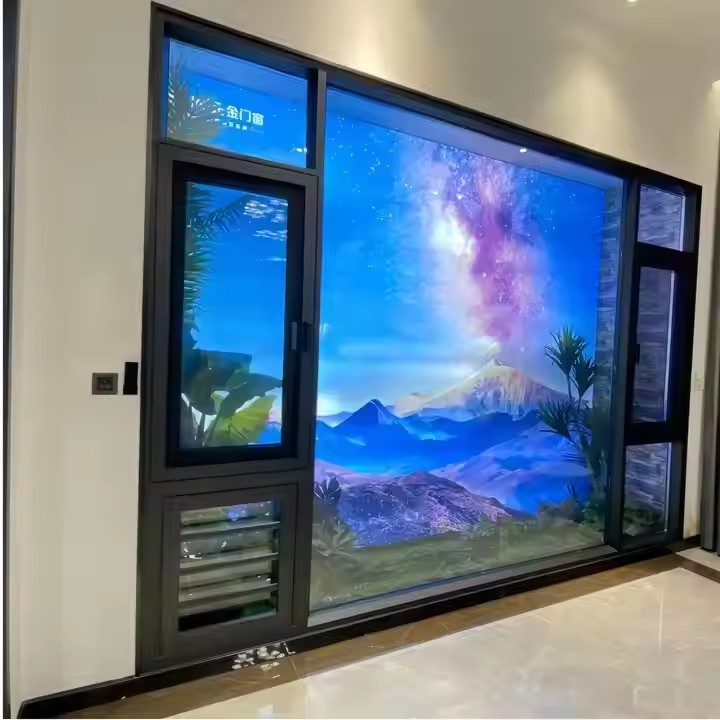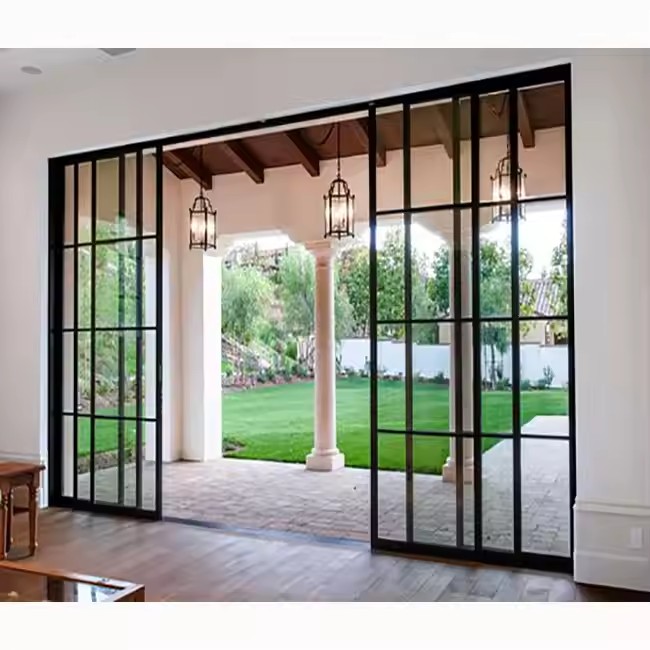Adapt to Local Climate and Environment
Wind – resistance Design: In coastal and windy areas or regions with frequent strong winds, such as the Midwest of the United States and the North Sea coast of Europe, sun canopies need to have good wind – resistance performance. A reinforced frame structure can be adopted, for example, using thickened aluminum alloy or stainless – steel materials, and increasing support points and fasteners to ensure the sun canopy remains stable in strong winds. For instance, wind – tunnel tests can be carried out to optimize the shape and structure of the sun canopy so that it can withstand a specific level of wind force. In some areas near the sea where the wind is strong, the wind – resistance design must be enhanced. Otherwise, the sun canopies of seaside houses are easily damaged. Sometimes, when the sea breeze is quite strong, more resilient awning fabrics should be used. In this way, even in very strong winds, there is no need to worry about the sun canopy being blown apart.
Adapt to Extreme Temperatures: In hot – climate regions, such as parts of the Middle East and Africa, the fabric of the sun canopy should have better heat – insulation and anti – aging properties. It should be able to effectively reflect the heat of sunlight and reduce the temperature under the sun canopy. In cold regions, like northern Europe and Canada, adding an insulation layer or using a double – layer fabric design can be considered to reduce heat loss, enabling the sun canopy to have a certain heat – preservation effect in winter. For extremely cold or hot weather, some thickened fabrics can be used, which are more cold – resistant and less likely to be damaged.

Integration with the Natural Environment: In areas that attach importance to natural landscape protection, such as some coastal resorts in Australia and mountainous areas in Europe, the design of sun canopies should be highly integrated with the surrounding natural environment. Natural color systems and natural – like materials can be used, such as frames with wood – grain textures and fabrics with leaf patterns. This can provide people with a comfortable shaded space without damaging the natural landscape. Also, when designing the color of the sun canopy, it can be made as close as possible to the colors of nearby buildings to make it consistent and harmonious with the surrounding colors.
Conform to Local Culture and Aesthetics
European Style: In Europe, different countries have their own unique architectural and cultural styles. For example, in France, people prefer sun canopies with a romantic and elegant style. Classic striped fabrics can be used, combined with delicate decorative lines and retro hardware accessories to create a French – style romantic atmosphere. In Italy, the design can draw on elements from the Renaissance period, using gorgeous colors and exquisite patterns to showcase the artistic temperament of Italy.
American Style: American culture emphasizes freedom and individuality, so the design of sun canopies can be more diverse and personalized. In the southern region, large – sized sun canopies with a tropical style can be designed, paired with bright colors and rich decorative elements to reflect a passionate and unrestrained style. In the western region, fabrics with western characteristics such as denim can be used, combined with a rugged wooden frame to create a sun canopy with a western cowboy style.

Other Styles: In Southeast Asia, influenced by local religions and cultures, sun canopies can incorporate some traditional Buddhist or Hindu elements, such as lotus patterns and Buddha – statue shapes. Using bright colors and fabrics with ethnic characteristics can showcase a strong Southeast – Asian style. In Africa, local traditional patterns and colors, such as the geometric patterns of the Maasai and the natural colors of the African continent, can be used to endow the sun canopy with a unique African cultural charm. According to different countries, the pattern design, color use, and material selection of sun canopies are all very important. For example, if a restaurant mainly serves beef, the sun canopy should preferably be red. The advantage of this is that it helps consumers remember the restaurant and attract more customers to dine there.
Meet the Needs of Local Lifestyles
Outdoor Leisure Function: In regions like Europe and America, people like to engage in various outdoor leisure activities, such as barbecues, parties, and sunbathing. The sun canopy can be designed as a large – scale outdoor leisure space, equipped with facilities like tables, chairs, barbecue grills, and audio equipment. It can even integrate outdoor kitchen and bar functions, providing people with a comfortable and convenient outdoor living place.
Commercial Use Requirements: In overseas commercial streets and tourist scenic spots, sun canopies are often used in commercial places such as cafes, restaurants, and shops. For commercial use, the design of sun canopies should focus on brand display and advertising functions. Eye – catching brand logos and advertising spaces can be set on the sun canopies. At the same time, it is necessary to consider matching the decoration style and business characteristics of the store to create a unique commercial atmosphere.

Privacy Protection Design: Some overseas customers have high requirements for privacy protection, especially for sun canopies used in residential houses and private courtyards. Some privacy – protection facilities can be added to the sides and top of the sun canopy, such as adjustable sunshades and semi – transparent partitions. This allows people to maintain a certain degree of privacy while enjoying the outdoor space.
Comply with Local Standards and Regulations
Safety Standards: Different countries and regions have different requirements for the safety standards of sun canopies. For example, the European Union has strict safety regulations for construction products. The materials, structure, and installation methods of sun canopies must meet relevant standards to ensure that no safety hazards are posed to people and property during use. In the United States, different states also have their own building codes, which clearly stipulate the fire – resistance, wind – resistance, and earthquake – resistance performance of sun canopies. These must be strictly followed during the design process.

